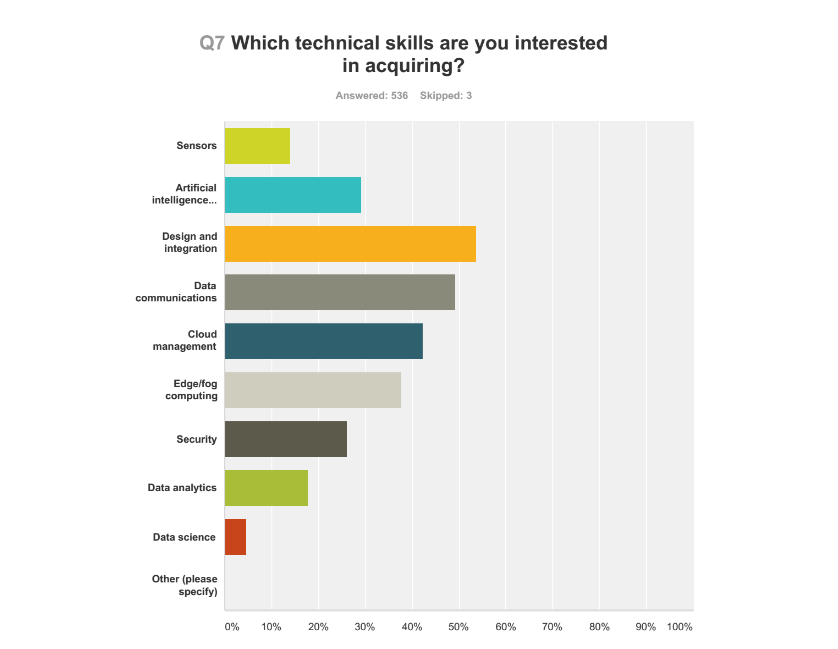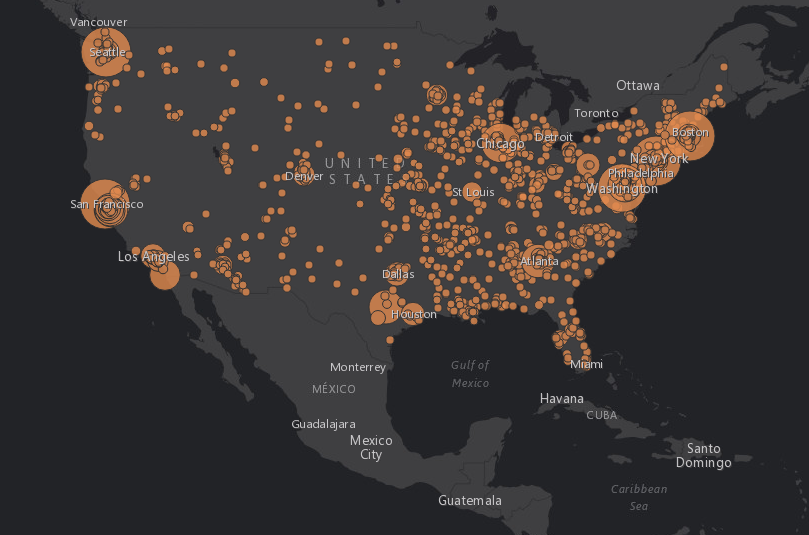The premiere of “Silicon Valley” played right into the new American dream, showing how the right piece of software can turn an ordinary programmer into the next startup millionaire overnight.
Episode two, “The Cap Table,” brought that programmer back down to earth.
After choosing US$200,000 in startup money from venture capitalist Peter Gregory (Christopher Evan Welch) over the $10 million buyout from Hooli CEO Gavin Belson (Matt Ross), Richard Hendrix (Thomas Middleditch) is given a rude awakening: The game-changing compression algorithm he created by accident doesn’t make a company. Pied Piper, Richard’s startup, needs a business plan, or it isn’t starting anything.
“This is not college; I’m not going to be giving you a course syllabus,” Gregory said in a meeting with Hendrix. “You turned down $10 million to keep Pied Piper. What did you give up that money for? What is this company? The algorithm is the product of the company. I’m asking about the company itself! What is it? What do they do?”
(Related: “Silicon Valley” premiere recap: A dark tech industry satire)
“The Cap Table” cuts through the mystique of the miracle app, or in this case a clever algorithm, serving as a golden ticket to becoming the next Mark Zuckerberg or Elon Musk.
Richard’s first step is to stop thinking like a programmer, stop handing out pieces of the company to whoever asks, and start acting like a CEO. Along with Pied Piper’s new business manager Jared Dunn (Zach Woods of the “The Office”), he has to face the truth of which of his friends can actually contribute to the company, and which ones are dead weight.
Sitting in their incubator house, Richard and Jared interview each programmer on what they bring to the table, which gives “Silicon Valley” a chance to serve another other purpose: giving the show’s mainstream audience a lesson in what software engineers actually do.
Dinesh (Kumail Nanjiani) is a Java coder who writes “sleek, performant, low-overhead Scala code with high rotary functions that will run on anything.” Then there’s Gilfoyle (Martin Starr), a software engineer working on systems architecture and security. Starr gets his first chance to shine after speaking only a few lines in the premiere, as Gilfoyle delivers a sarcastic, self-righteous diatribe on data security.
“The Internet transfers half a petabyte of data a minute. Do you have any idea how that happens?” he said. “It’s not magic; it’s talent and sweat. People like me making sure your packets go unsniffed. What do I do? I make sure that one bad config on one component doesn’t bankrupt the entire company.”
Creator Mike Judge is shaping “Silicon Valley” as a show that not only lampoons the stereotypes and fallacies of the tech industry, but also douses the audience with reality in between. One minute Hooli’s egomaniacal CEO Belson is yelling at his Siri-like personal assistant for trying to play “John Wayne in a mansion” when he asked for “John Lennon’s ‘Imagine,’ ” the next Hooli’s army of brogrammers are hacking into and reverse-engineering Richard’s algorithm to beat Pied Piper to market.
It’s too early to tell how far the show will evolve from awkward programmers acting uncomfortable around girls and making wisecracks about Larry Page to a truly biting parody of the tech industry. Yet the way this episode treated the reality of starting a company, particularly its treatment of Big Head (Josh Brener), is a promising early sign.
Instead of giving his best friend, who’s not a particularly talented coder or software engineer, a place in the company, Richard lets Big Head go. By the time he reconsiders, Big Head has taken a huge raise from Belson, who’s trying to poach people away from Pied Piper. The show tackles head-on how quickly an idealistic view of a career in software can turn sour where success is concerned.
“I just wanted to work with computers and get paid for it,” Big Head said. “I didn’t want to fight with my roommates over percentage points.”





